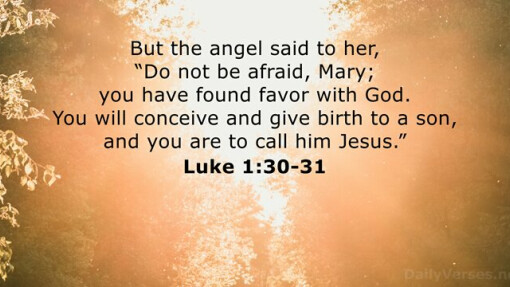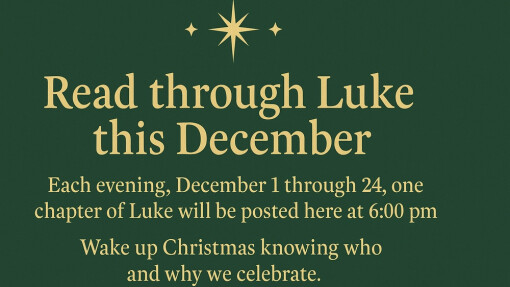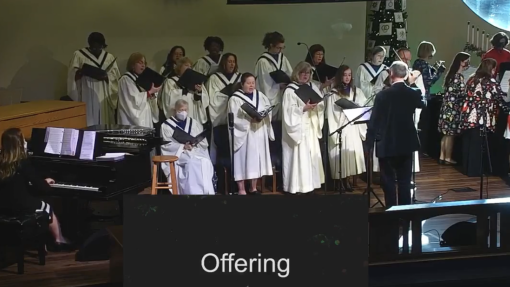
Viewing All Latest Posts


Christmas Music, Part 19 ~ O Little Town Of Bethlehem
December 19, 2025

Verse of the Day - December 18
December 18, 2025

A Chapter a Day: Journey Through Luke This December, Luke 18
December 18, 2025

Christmas Music, Part 18 - Gesu Bambino
December 18, 2025

Christmas Music, Part 17: "Above All Sing Spiritually"
December 17, 2025

A Chapter a Day: Journey Through Luke This December, Luke 17
December 17, 2025

A Chapter a Day: Journey Through Luke This December, Luke 16
December 16, 2025

Christmas Music, Part 16: Christmastime
December 16, 2025

